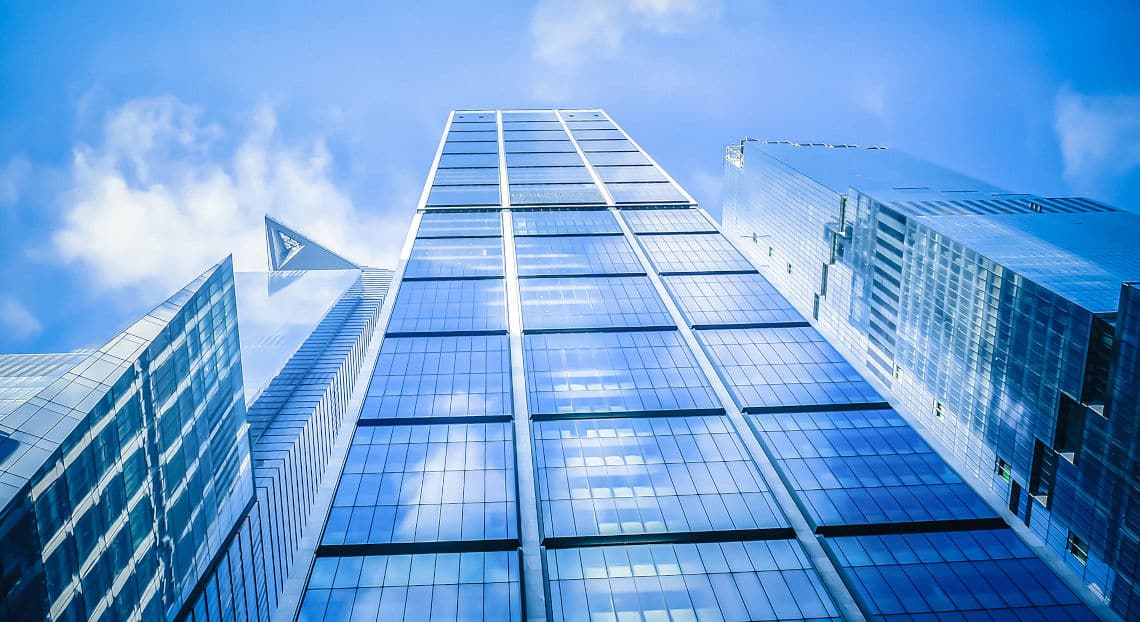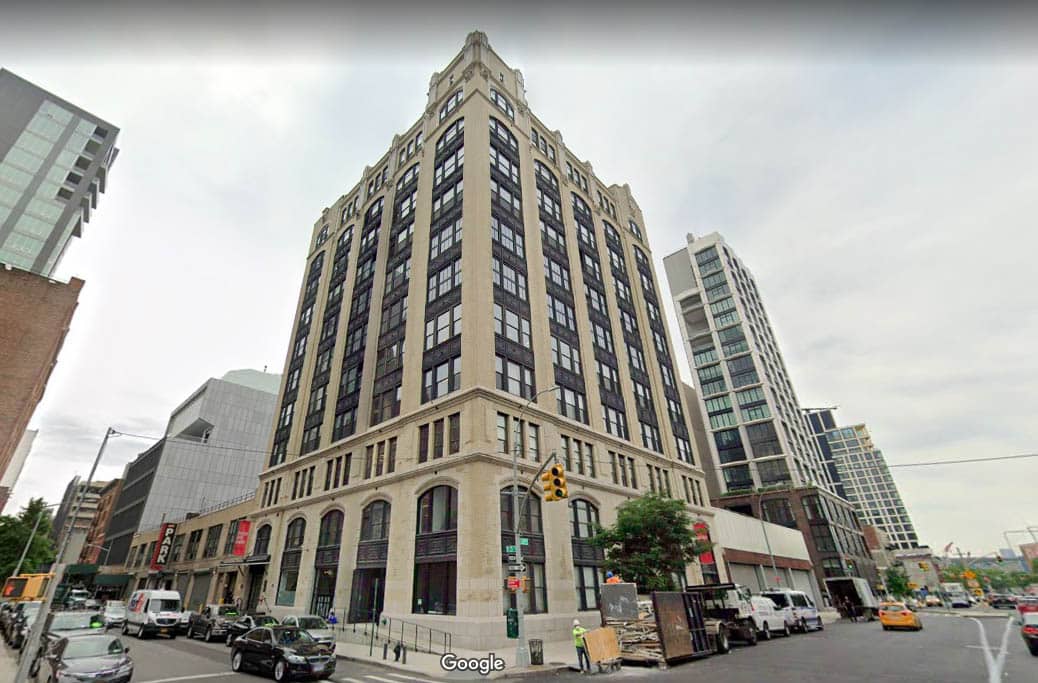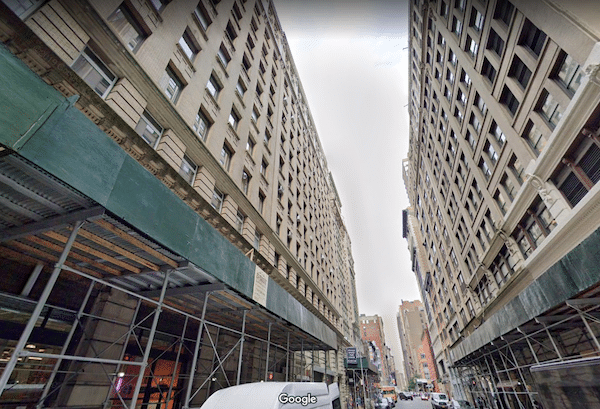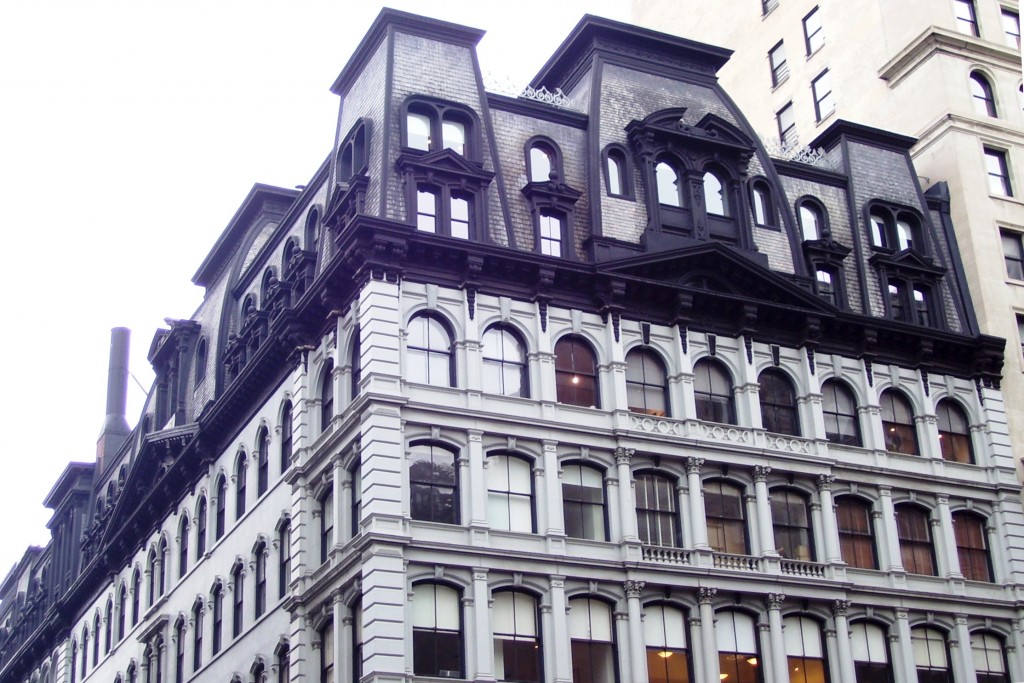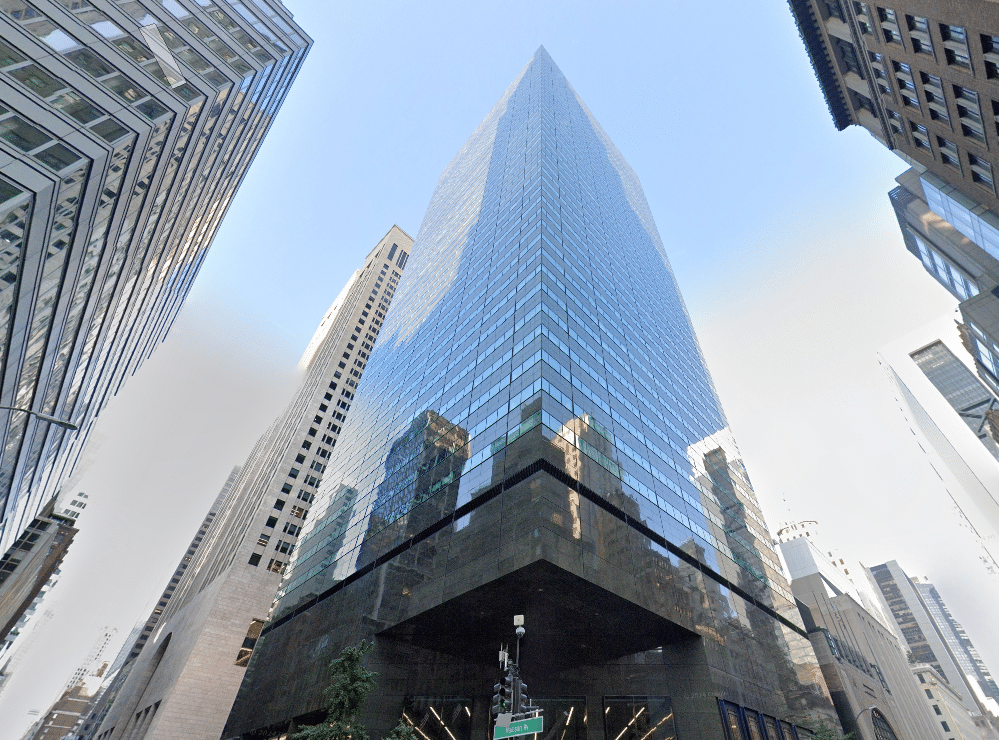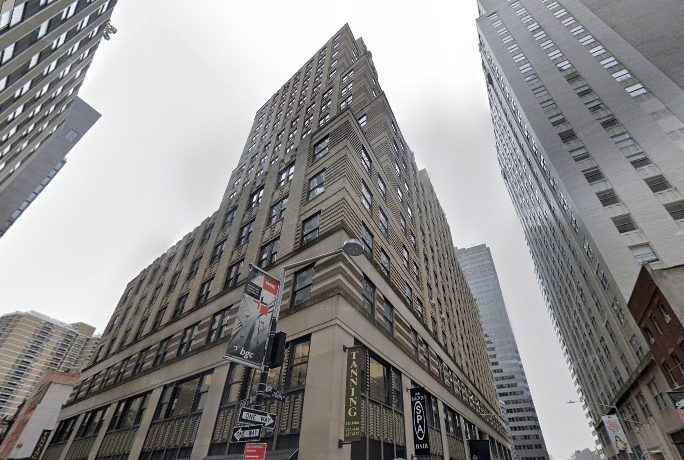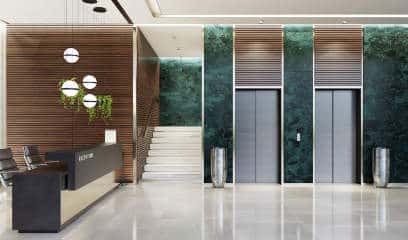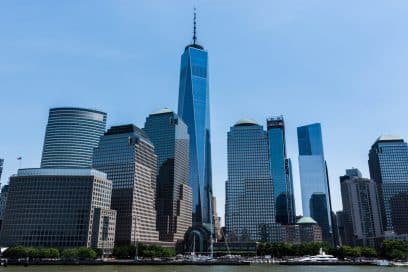The best way to describe trophy buildings in New York City is the crème de la crème of the skyline. These buildings, known for their luxurious amenities, striking architecture, and prime locations in the city’s most coveted districts, don’t just stand out visually; they set the gold standard in real estate.
While office buildings are generally categorized into Class A, B, and C based on factors like amenities, age, and leasing rates, trophy buildings transcend these conventional categories. They represent a level of prestige and quality that often surpasses even the finest Class A spaces. Yet, surprisingly, there is no formal category that acknowledges their standout contributions to the urban landscape. Based on what we’ve researched for this piece, perhaps it’s time that changes.
The Impact of Trophy Status on Leasing Numbers
The concept of ‘trophy’ buildings in commercial real estate isn’t just about shimmering facades and sky-piercing heights; it encompasses an array of premium attributes that elevate a property into a landmark of the local skyline. A trophy building, with its unique blend of historical significance, prime location, and opulent amenities, promises an unmatched prestige that might influence leasing dynamics considerably. Unlike their lower-tier counterparts, these buildings operate within a niche that attracts a distinct clientele by offering space and status.
Boosting Leasing Numbers
Leasing a trophy building carries a cachet that can significantly sway leasing numbers. These properties always demand higher rents than average Class A spaces, reflecting their premium offerings. For instance, the difference in asking rents can be stark, with trophy buildings in Manhattan commanding rents as high as $127.87 per square foot compared to $80.43 for Class A buildings. Some of the newest trophy buildings, like One Vanderbilt, even command rents like $252 per square foot, some of the highest in the country. It’s also important to mention that the very high end of the market has been more resilient and has not seen increased vacancy rates of the more generic Class A, B, and C buildings.
Yet, despite the higher costs, it’s worth it for many tenants. There’s something to say about the allure of a prestigious address that’s as practical next to transit facilities as it is luxurious with superior amenities.
Tenant Profiles and Expectations
The inventory of available office space in many cities often reflects architectural trends from the past, predominantly built in the decades stretching from the 1930s to the 1970s. This older stock lacks the modern amenities and designs that today’s large corporate tenants—publicly listed companies, government agencies, banks, financial service firms, and international law firms—actively seek. These tenants, typically leasing substantial chunks of space ranging from 200,000 to 500,000 square feet, prioritize office environments that reflect the 21st century in both style and functionality.
While high-profile buildings like One Vanderbilt and 50 Hudson Yards embody the modern “trophy” standards—offering state-of-the-art facilities and prestigious addresses—there is a notable gap in the market for newer office spaces that can meet the growing demands of these large organizations. Even iconic buildings such as the Chrysler Building, the MetLife Building, and the Empire State Building, while prestigious, may not fully meet the contemporary needs of today’s elite tenants. The challenge lies in providing more office spaces that not only symbolize a company’s stature but also support modern operational needs with advanced technology and flexible work environments.
Distinctions from Other Building Classes
When you’re looking to rent office space, the building class can tell you a lot about what to expect. Let’s first break down the differences between Class A, B, and C buildings and then focus on why trophy buildings, or Class A+, deserve their own category.
Exploring Building Classes: What Sets Them Apart?
First, Class A buildings represent the high-end of commercial real estate, typically situated in prime business districts. They provide superior conveniences and amenities like 24/7 security and on-site management, ensuring a smooth operational flow around the clock. You’ll find them boasting impressive lobbies that make a statement, alongside cutting-edge mechanical systems and top-notch maintenance. The standard finishes here are nothing short of high quality, making these buildings stand out with a strong market presence.
On the other hand, Class B buildings might be older, but they still offer key amenities, often including recent upgrades. Although they might be just off the main thoroughfares, they compensate with spacious and creatively designed spaces like large windows and open loft areas, perfect for businesses seeking a blend of style and functionality without the premium price tag.
Meanwhile, Class C buildings are generally smaller, tucked away on quieter side streets, and may incur additional fees. These buildings typically feature simpler setups, such as unattended lobbies and possibly outdated bathrooms, catering to tenants looking for lower rental costs.
The Distinct Edge of Trophy Buildings
When you hear about trophy buildings, think of them as the crown jewels of the commercial real estate world. These properties, also known as Class A+ or prime properties, embody the pinnacle of modern, well-maintained office spaces. Trophy buildings have strategic locations in the heart of major business districts, easy access to transportation, and a range of high-end amenities. They boast the finest technical infrastructures and finishes, reputable ownership, and a variety of tenant services. Luxury features, including fitness centers, on-site restaurants, and ESG credentials, further elevate these buildings to a top-tier status.
But what truly sets trophy buildings apart isn’t just their superior features—it’s their exclusivity and symbolic prestige. These buildings symbolize success and power, making them highly sought after by high-profile tenants. This allure isn’t superficial; it translates into tangible benefits for real estate developers and investors. In fact, CBRE found that the top 2-4% of office properties — their definition of trophy buildings — across different metro markets in the U.S. outperformed other classes in terms of rent growth, rent levels, and vacancy rates. Indeed, the ongoing flight to quality in the office helps.
Five Examples of Trophy Buildings
Now that we’ve gone through the basics of New York City’s trophy buildings let’s look more closely at five notable buildings that exemplify this class:
- 2 World Trade Center: Located in Lower Manhattan’s World Trade Center Submarket, this building could redefine the skyline upon completion in December 2026. The 2,800,000 SF spread over 88 stories will feature amenities like a fitness center and roof terrace. No wonder it’s already 8.5% leased.
- 425 Park Avenue: Situated in the Plaza District, this 47-story building completed in 2022 hosts 688,461 SF of space. Amenities include bicycle storage, a fitness center, and natural light, enhancing the work environment. It offers 27,800 SF as the maximum contiguous space and a total of 56,215 SF for lease, with 91.8% leased across 6 spaces.
- One Vanderbilt: In the Grand Central Submarket, One Vanderbilt stands with 1,657,198 SF over 73 stories, completed in 2020. This LEED Gold-certified building is 100% leased—high-end amenities like an on-site restaurant, security, and metro access only scratch the surface.
- 385 9th Ave (2 Manhattan West): This June 2023 completed building in the Penn Plaza/Garment Submarket features 1,976,602 SF over 58 stories. With amenities ranging from 24-hour access to a concierge and a roof terrace, it offers 111,954 SF in the largest contiguous space out of 354,297 SF available, currently 84.3% leased.
- 50 Hudson Yards: Located in the same Penn Plaza/Garment Submarket, 50 Hudson Yards offers 2,970,315 SF across 77 stories, built in 2022. The building hosts advanced amenities like a conferencing facility and controlled access, with the largest space available for lease being 290,439 SF out of 561,942 SF total available, achieving a 90.9% lease rate.
Economic and Market Implications
Trophy buildings are more than just glitz and glamor; they’re economic catalysts reshaping commercial real estate. Amid fluctuating office occupancy rates, these landmarks continue to command high demand, driving the recovery and setting new standards in luxury and exclusivity.
Trophy Buildings: Power Players in the Real Estate Comeback
If you’re watching the market’s pulse, you’ll notice that trophy buildings are significant players in shaping real estate values. Despite overall office occupancy hovering around 50% of what it was pre-pandemic, trophy buildings remain in high demand. You can see it firsthand in resurgent luxe retail areas like New York City’s Fifth Avenue and Madison Avenue. Moreover, transactions move quickly and values remain high. For instance, in 2022, Manhattan’s Solow Building at 9 West 57th Street received a $3.4 billion appraisal.
The Continued Rise of Trophy Buildings Post-Pandemic
Beyond their influence on sales, trophy buildings redefine the rental market, setting new standards of luxury and exclusivity. Private equity firms, hedge funds, and financial service providers now occupy 80% of these high-end leases, showing a clear preference for the prestige and strategic advantages trophy properties offer. At the same time, the Manhattan office market looks like it’s on the road to recovery. Q1 2024 saw 5.0 million square feet of new leasing activity, marking a 2.8% year-over-year increase; the first year-over-year quarterly increase since the end of 2022. Trophy buildings are a big reason, along with their continued interest from investors. It’s no new trend either; they’ve consistently outperformed other office classes since the pandemic.
Final Words
Trophy buildings in New York City are just as aesthetically pleasing as they are market makers. The fact that their rents charge materially more per square foot than Class A buildings speaks for themselves, along with the prestigious tenants they attract. Even as Manhattan’s leasing activity signals cautious optimism, trophy buildings continue to prove their worth, consistently outperforming other classes. Looking forward, they remain central to the real estate dynamics, epitomizing economic strength and appealing to the cream of the crop.
